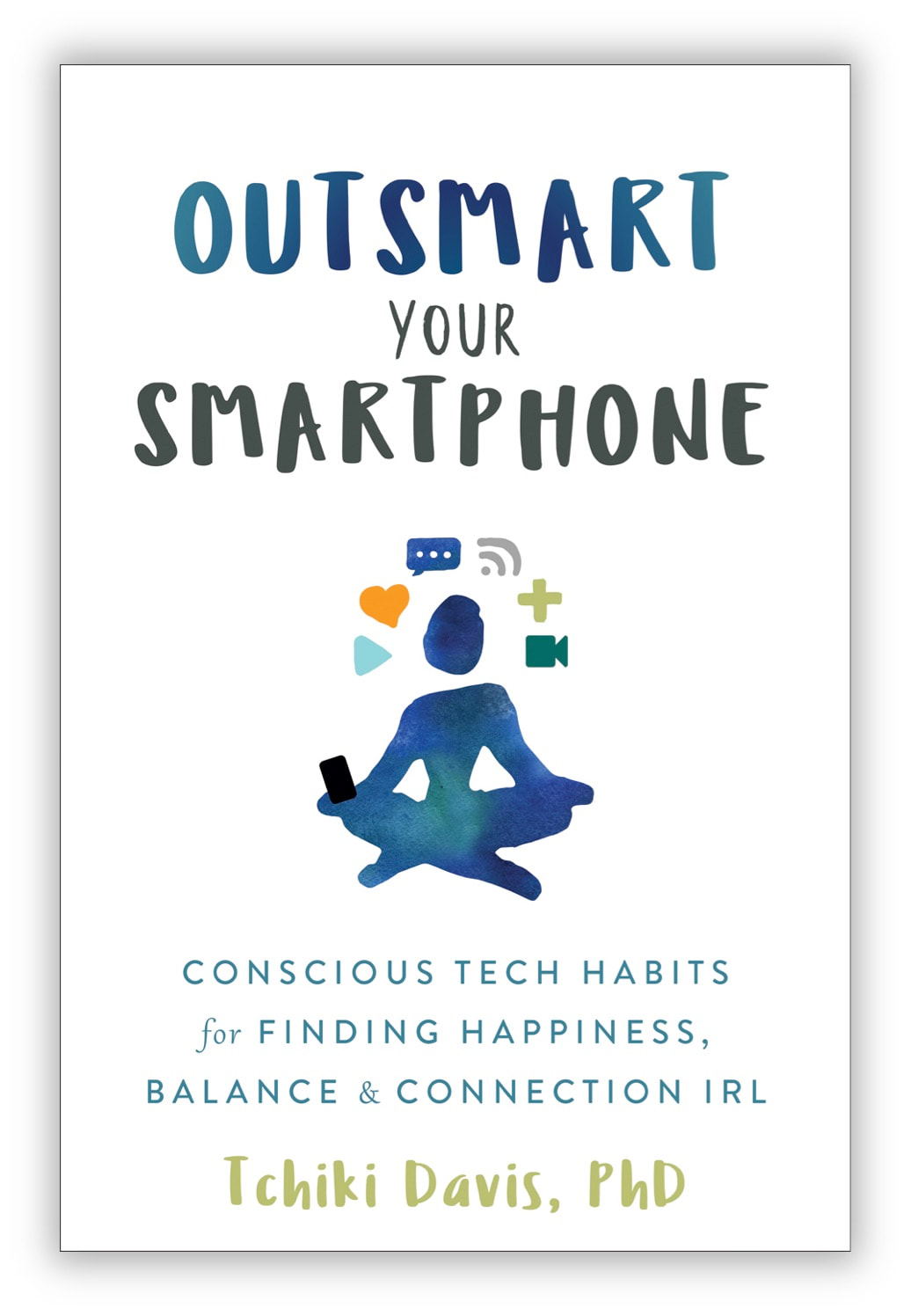Self-Soothing: Definition + 14 Techniques & SkillsFeeling upset? Need to calm yourself down and undo the anxiety already? Discover science-based self-soothing techniques to help you build skills that help you more easily self-soothe.
*This page may include affiliate links; that means I earn from qualifying purchases of products.
What Is Self-Soothing? (A Definition)Self-soothing is defined as an individual's efforts or capacity to calm oneself while in a state of emotional distress (Wright, 2009). This period of emotional distress can vary in duration depending on how emotionally reactive a person is, how much difficulty they have with regulating their emotions, and how well they recover from emotional distress.
Self-soothing is often discussed in the context of childhood development. Indeed, we learn many of our self-soothing patterns when we are babies. It is believed that when we are soothed by care-givers, we internalize this soothing and learn how to do it for ourselves (Wright, 2009). So there are a variety of ways that we might not quite develop this skill well enough and end up having difficulty self-soothing as adults. Improving our self-soothing skills as adults requires self-insight, the development of self-soothing skills, and the ability to effectively use these skills to return to emotional baseline. Self-Soothing in DBT (Dialectical Behavior Therapy) Self-soothing is also thought to be a tool for distress tolerance, a key component of Dialectical Behavior Therapy (DBT). In this view, self-soothing is defined as self-comforting, self-nurturing, and being kind to oneself, often by engaging in pleasant activities (Wright, 2009). In this article, we'll take a broad view to help you learn a variety of self-soothing techniques and skills. Practicing these techniques and skills can help you self-soothe and better manage and recover from emotional distress. Are You a Therapist, Coach, or Wellness Entrepreneur?
Grab Our Free eBook to Learn How to
|
|
By now, we've probably all heard that spending too much time on our phones and other devices isn't so good for our well-being. Indeed, Internet use is associated with more depression and loneliness (Kraut et al., 1998). Even as someone who managed not to get addicted to my phone, I notice that spending more time on the computer starts to make me kind of agitated. I feel just kind of... off—not quite content.
On the plus side, short breaks from technology can go a long way. To learn some tips for having a better relationship with technology, check out my book, Outsmart Your Smartphone and be sure to take a day off from phones and computers every now and then. |
5. Self-Sooth by Redirecting Negative Thoughts
As mentioned earlier, there are all sorts of negative thoughts that can get us upset. Sometimes, we just want to solve a problem and we end up overthinking yet getting nowhere. Other times, maybe we want to think of all the bad things that could happen so that if it does, we'll be prepared. But thinking about negative things never does us any good. Instead, we just keep spiraling, and we miss out on the good things in life.
As an expert ruminator, I know firsthand how hard it can be to stop the negative thought cycles. Here is a strategy that I've been practicing lately that is doing some good.
Consider using positive affirmations to redirect negative thoughts into positive thoughts about the self. For example, if I find myself going down a rabbit hole, thinking about how awful a situation might turn out to be, I try to switch to saying my good qualities out loud. I might say, "I am kind, I am smart, I am loyal". I find this is often more helpful than thinking about the positives in the situation because then when I do that, I'm still thinking of the situation. Switching the brain to focus on the positives of a completely different subject—the self—seems to direct the brain away from negative thoughts more effectively.
As an expert ruminator, I know firsthand how hard it can be to stop the negative thought cycles. Here is a strategy that I've been practicing lately that is doing some good.
Consider using positive affirmations to redirect negative thoughts into positive thoughts about the self. For example, if I find myself going down a rabbit hole, thinking about how awful a situation might turn out to be, I try to switch to saying my good qualities out loud. I might say, "I am kind, I am smart, I am loyal". I find this is often more helpful than thinking about the positives in the situation because then when I do that, I'm still thinking of the situation. Switching the brain to focus on the positives of a completely different subject—the self—seems to direct the brain away from negative thoughts more effectively.
Video: Affirmations for a Peaceful Mind
More Self-Soothing Tips
Here are a few more ways that help some people self-soothe. Feel free to take what's useful to you and leave the rest.
1. Eat a Self-Soothing Diet
We all have a gene called catechol-O-methyltransferase (COMT). The COMT gene plays a big role in removing stress hormones, like norepinephrine and epinephrine, from our bodies. Many of us—myself included—have a version of the gene that is slow and sluggish. That means that when we're stressed (or excited) and our body releases stress hormones, our bodies take longer to clear them and return back to normal. By eating the right foods we can support this gene and help it do its job more easily.
First, we can decrease the stress hormone load in our bodies by reducing our intake of caffeine, green/black tea, coffee, and chocolate.
Next, we can eat foods that research suggests help us feel calmer. Foods like sauerkraut, kimchi, and kefir appear to help reduce anxiety, at least in some people (Hilimire, DeVylder, & Forestell, 2015). Eating some healthy carbohydrates can also increase the release of serotonin, a feel-good hormone (Wurtman & Wurtman 1995). Just be careful not to overdo it or eat junk food, as this can lead to inflammation, which is not so good for our well-being.
First, we can decrease the stress hormone load in our bodies by reducing our intake of caffeine, green/black tea, coffee, and chocolate.
Next, we can eat foods that research suggests help us feel calmer. Foods like sauerkraut, kimchi, and kefir appear to help reduce anxiety, at least in some people (Hilimire, DeVylder, & Forestell, 2015). Eating some healthy carbohydrates can also increase the release of serotonin, a feel-good hormone (Wurtman & Wurtman 1995). Just be careful not to overdo it or eat junk food, as this can lead to inflammation, which is not so good for our well-being.
2. Get Outdoors to Sooth Yourself
A recent research review suggests that daily contact with nature can help reduce anxiety, depression, and even health conditions like diabetes (Soga, Gaston, & Yamaura, 2017). Indeed, there is thought to be a calming effect of nature. Whether it's the sun, fresh air, or the scent of trees—all things that have been shown to be good for us—getting outdoors seems to improve our well-being. So if you're feeling in need of something soothing, going for a short walk or looking up at some tall trees may help.
Articles Related to Self-Soothing
Want to learn more about self-soothing? Check out these articles:
Books Related to Self-Soothing
If you’d like to keep learning more about self-soothing, here are a few books that you might be interested in.
- The Little Book of Self-Soothing: 150 Ways to Manage Emotions, Relieve Stress, and Restore Calm
- The Witch's Complete Guide to Self-Care: Everyday Healing Rituals and Soothing Spellcraft for Well-Being
- The Somatic Therapy Handbook: Self-Soothing Techniques for Healing Trauma, Enhancing the Mind-Body Connection, and Stress Relief
Final Thoughts on Self-Soothing
When we're feeling upset, it can sometimes be hard to self-soothe. But by using some self-soothing techniques and building some skills, we actually do have a lot of control over how we feel.
Don't Forget to Grab Our Free eBook to Learn How to
Grow Your Wellness Business Exponentially!
References
- Fredrickson, B. L., Mancuso, R. A., Branigan, C., & Tugade, M. M. (2000). The undoing effect of positive emotions. Motivation and emotion, 24(4), 237-258.
- Garcia-Argibay, M., Santed, M. A., & Reales, J. M. (2019). Efficacy of binaural auditory beats in cognition, anxiety, and pain perception: a meta-analysis. Psychological Research, 83(2), 357-372.
- Hilimire, M. R., DeVylder, J. E., & Forestell, C. A. (2015). Fermented foods, neuroticism, and social anxiety: An interaction model. Psychiatry research, 228(2), 203-208.
- Jarero, I., & Artigas, L. (2016). Instruction for the Butterfly Hug Method.
- Khalfa, S., BELLA, S. D., Roy, M., Peretz, I., & Lupien, S. J. (2003). Effects of relaxing music on salivary cortisol level after psychological stress. Annals of the New York Academy of Sciences, 999(1), 374-376.
- Kraut, R., Patterson, M., Lundmark, V., Kiesler, S., Mukophadhyay, T., & Scherlis, W. (1998). Internet paradox: A social technology that reduces social involvement and psychological well-being?. American psychologist, 53(9), 1017.
- Linehan, M. M. (1993). Skills training manual for treating borderline personality disorder. Guilford press.
- Mourot, L., Bouhaddi, M., Gandelin, E., Cappelle, S., Dumoulin, G., Wolf, J. P., ... & Regnard, J. (2008). Cardiovascular autonomic control during short-term thermoneutral and cool head-out immersion. Aviation, space, and environmental medicine, 79(1), 14-20.
- Soga, M., Gaston, K. J., & Yamaura, Y. (2017). Gardening is beneficial for health: A meta-analysis. Preventive medicine reports, 5, 92-99.
- Wright, J. (2009). Self‐Soothing—A recursive intrapsychic and relational process: The contribution of the Bowen theory to the process of self‐soothing. Australian and New Zealand Journal of Family Therapy, 30(1), 29-41.
- Wurtman, R. J., & Wurtman, J. J. (1995). Brain serotonin, carbohydrate‐craving, obesity and depression. Obesity research, 3(S4), 477S-480S.
Are You a Therapist, Coach, or Wellness Entrepreneur?





